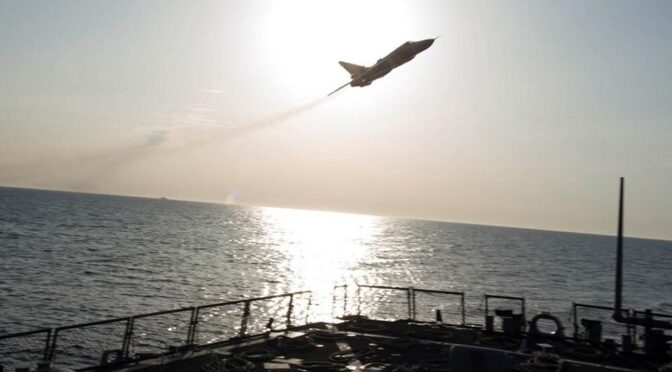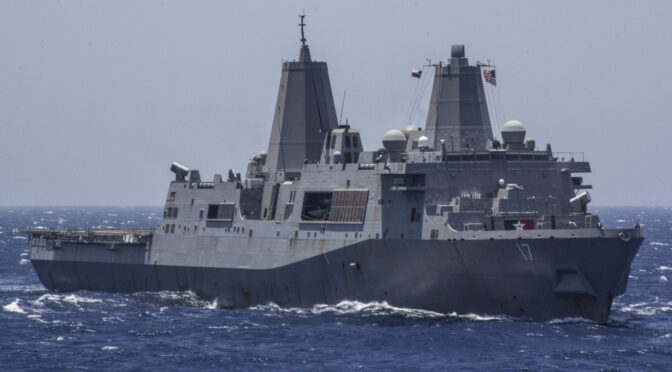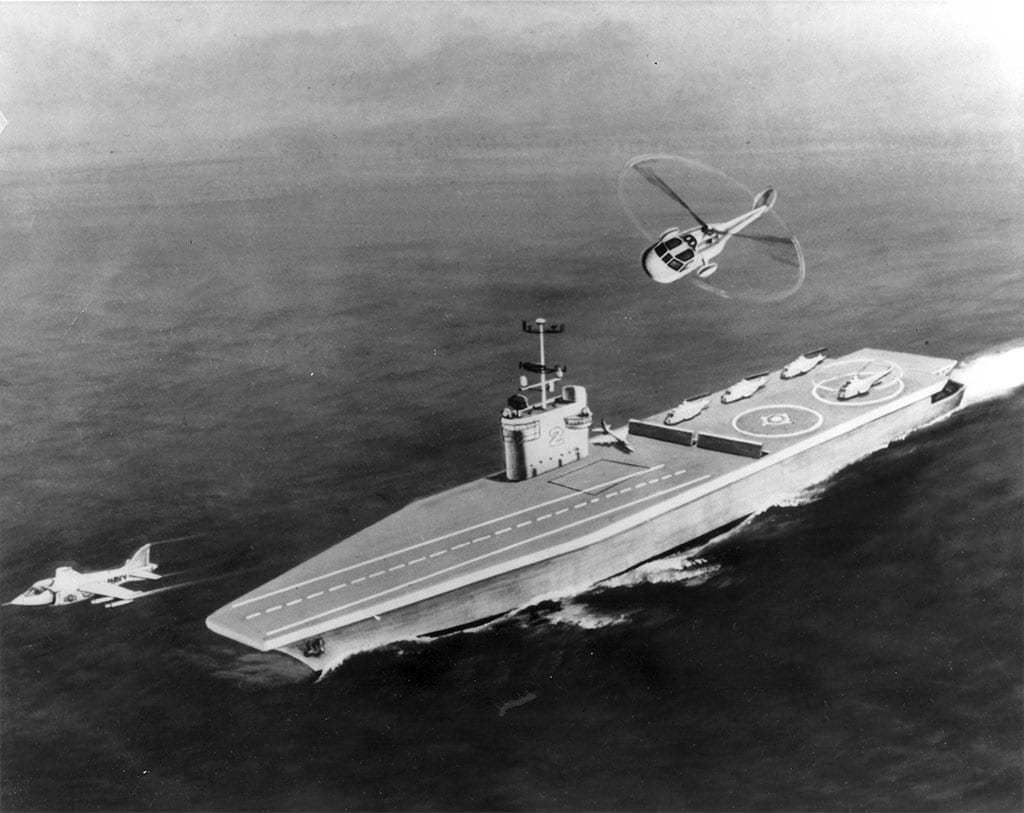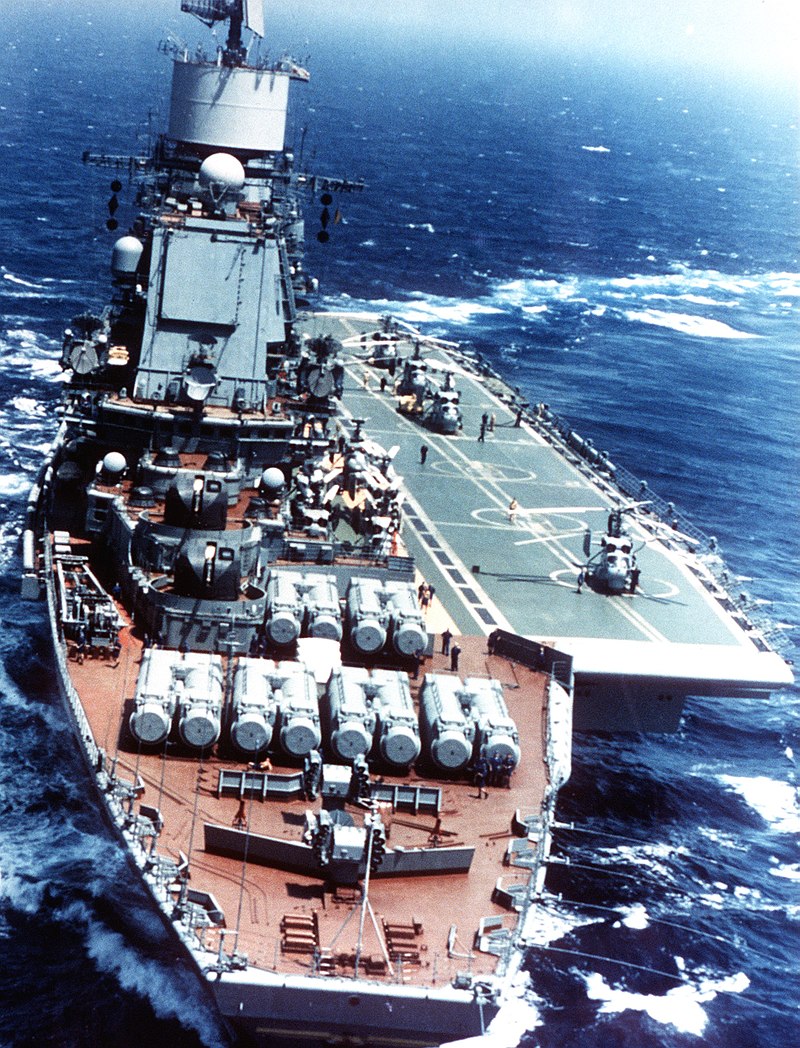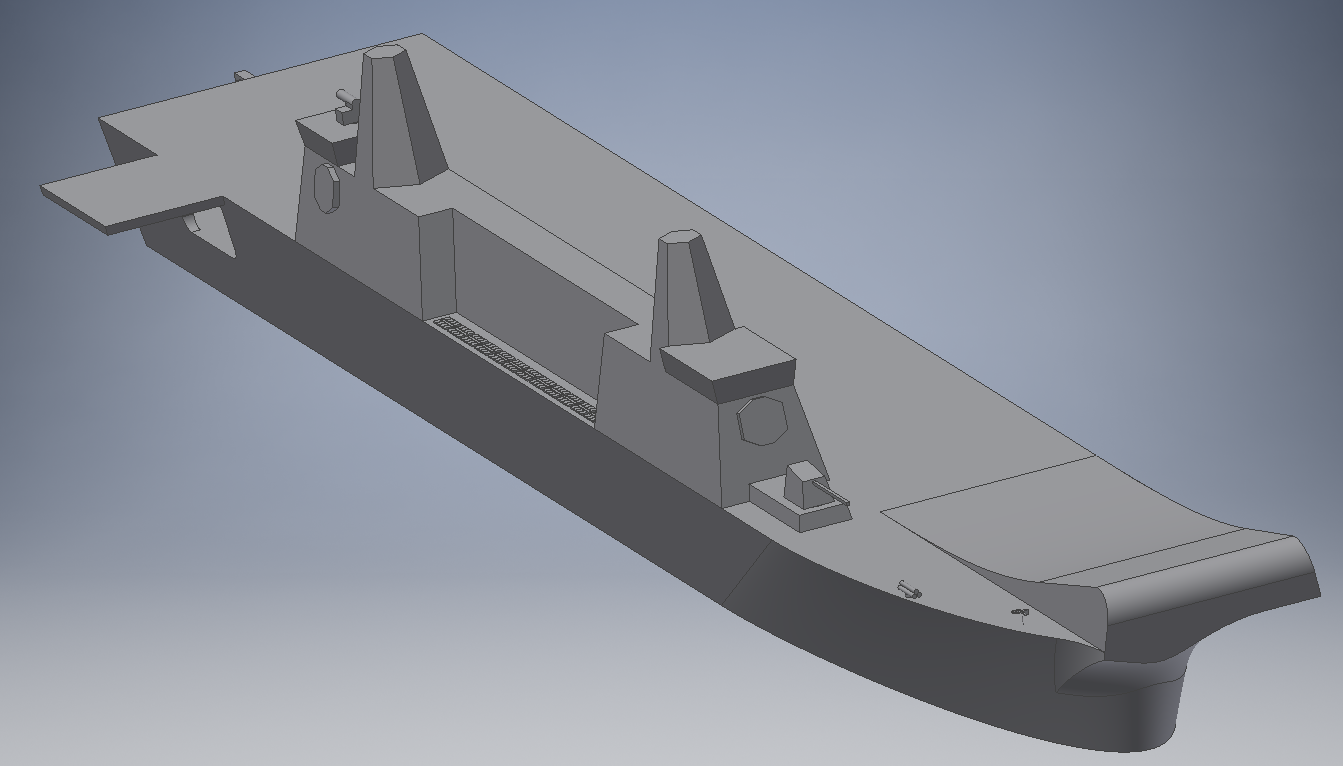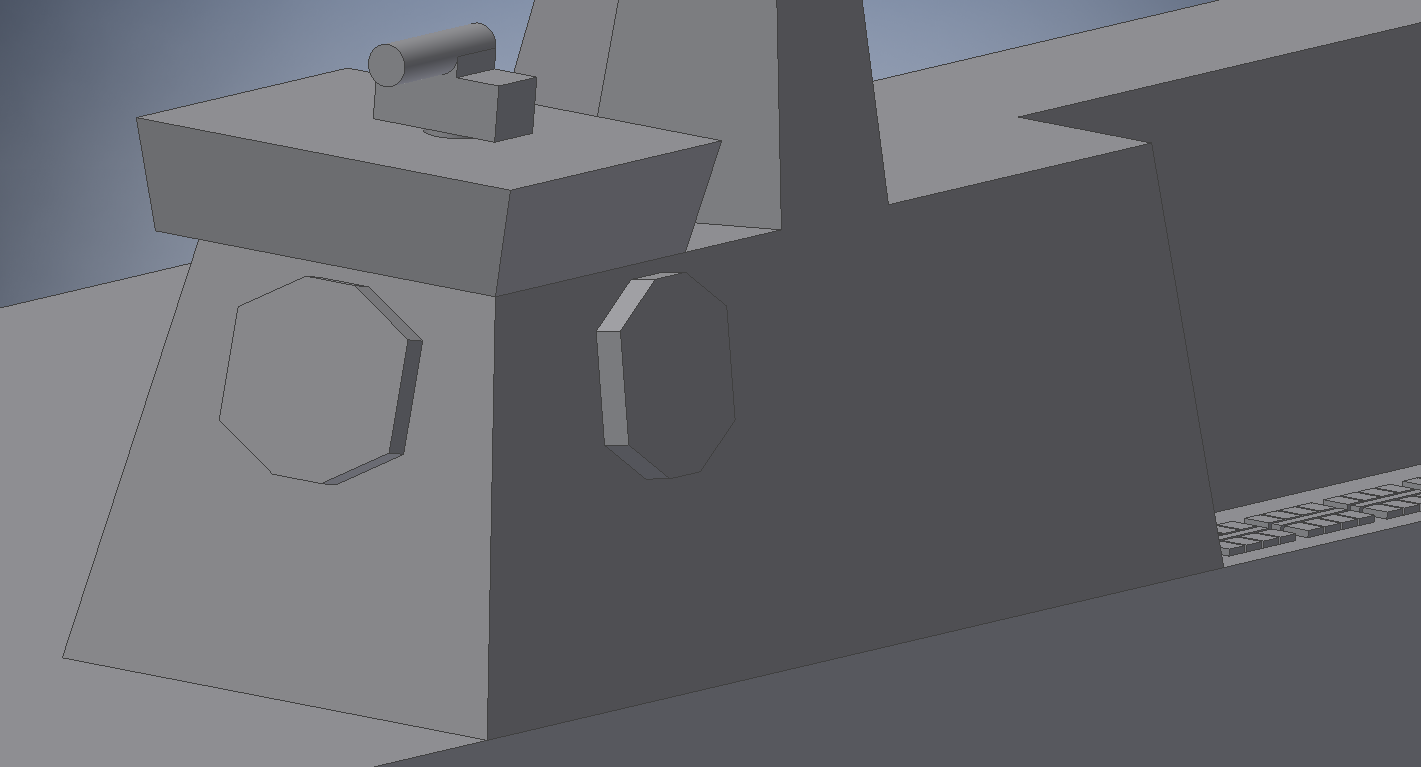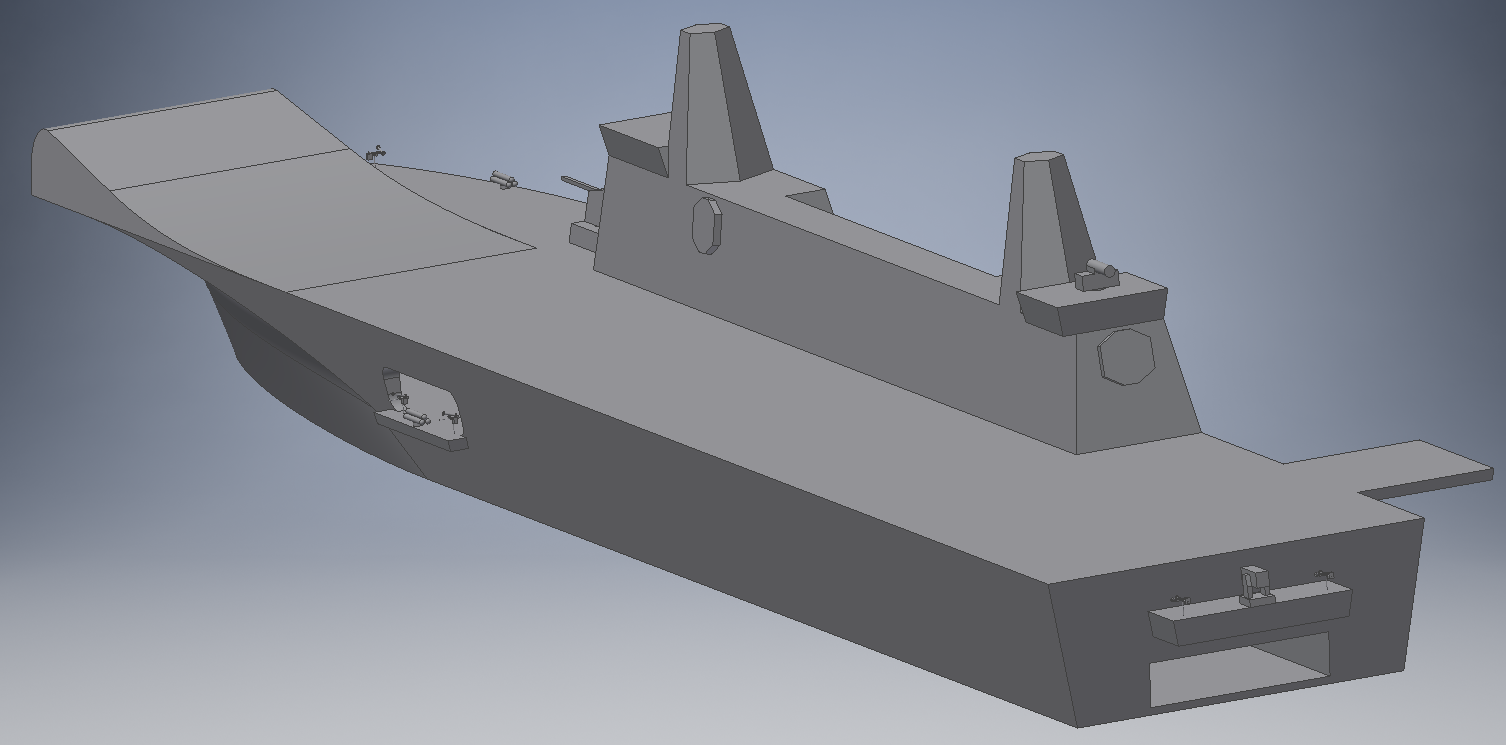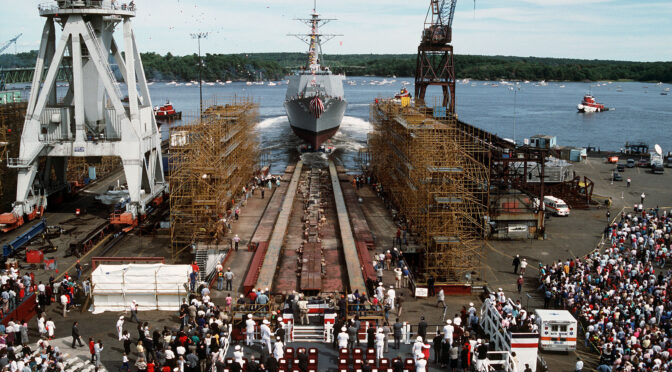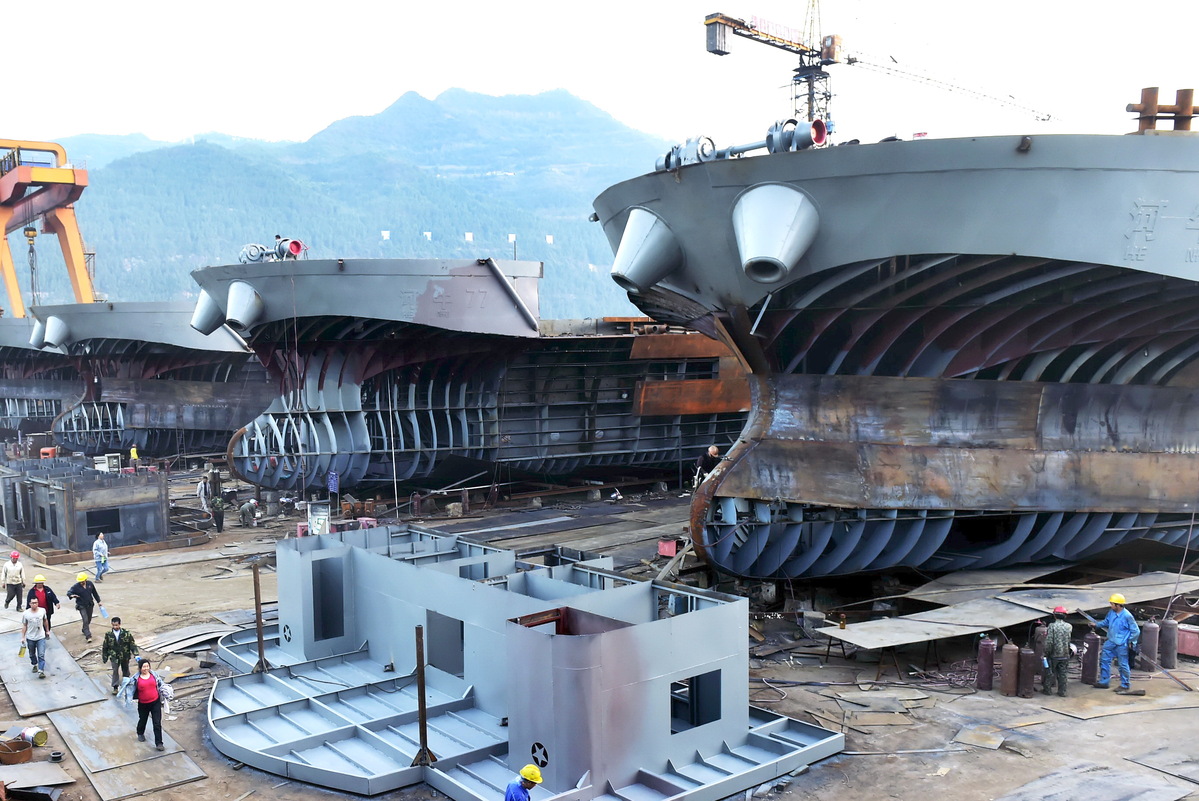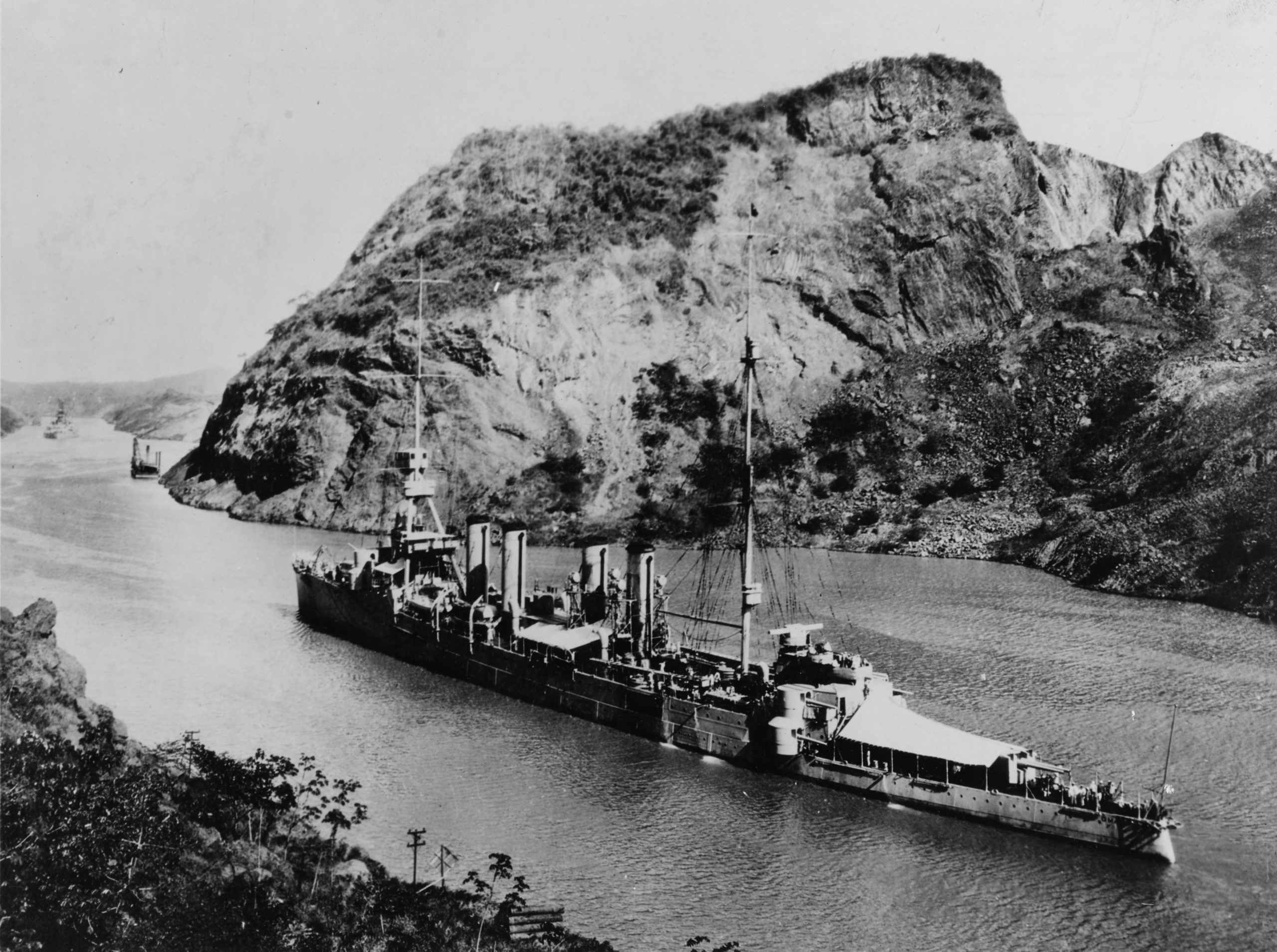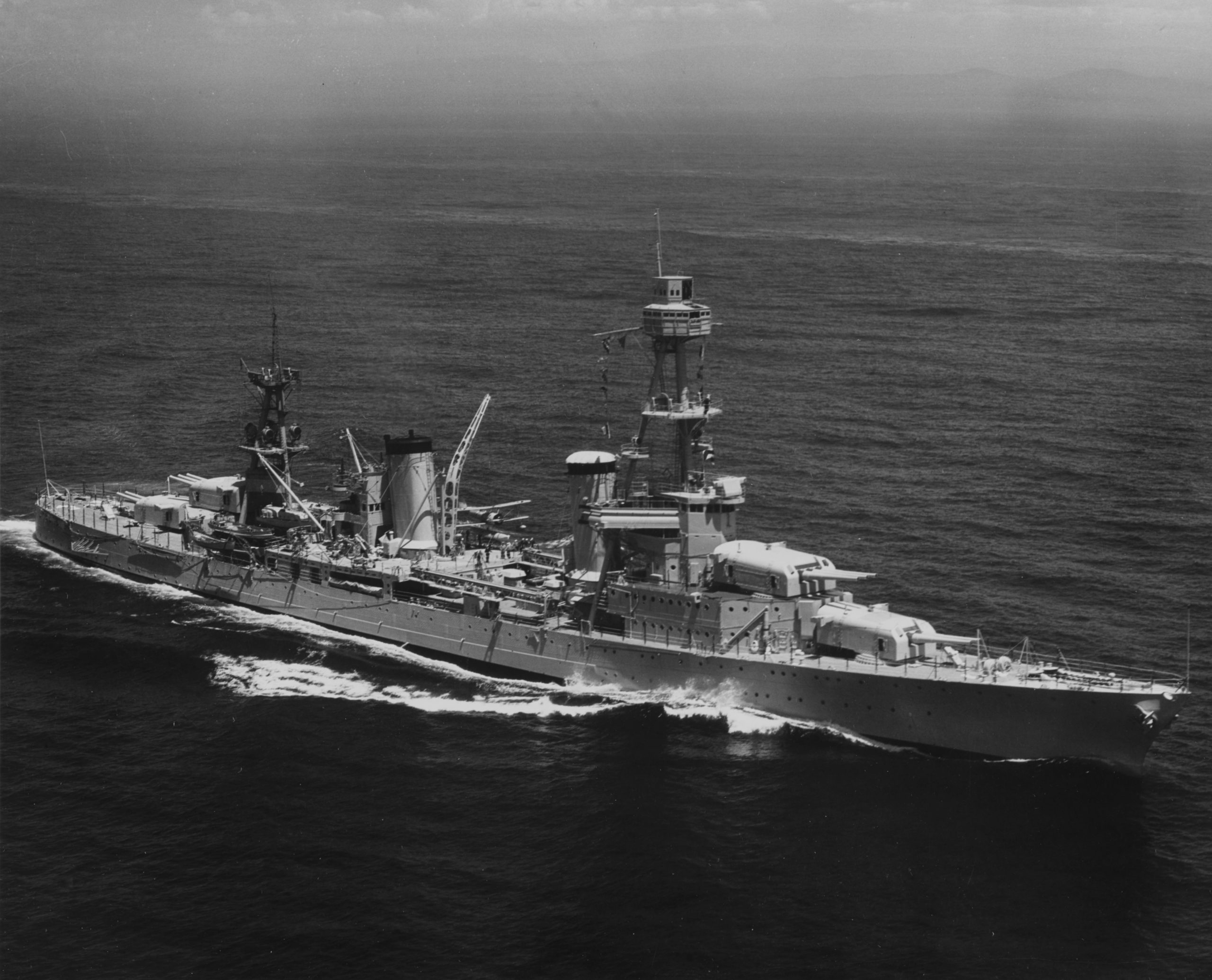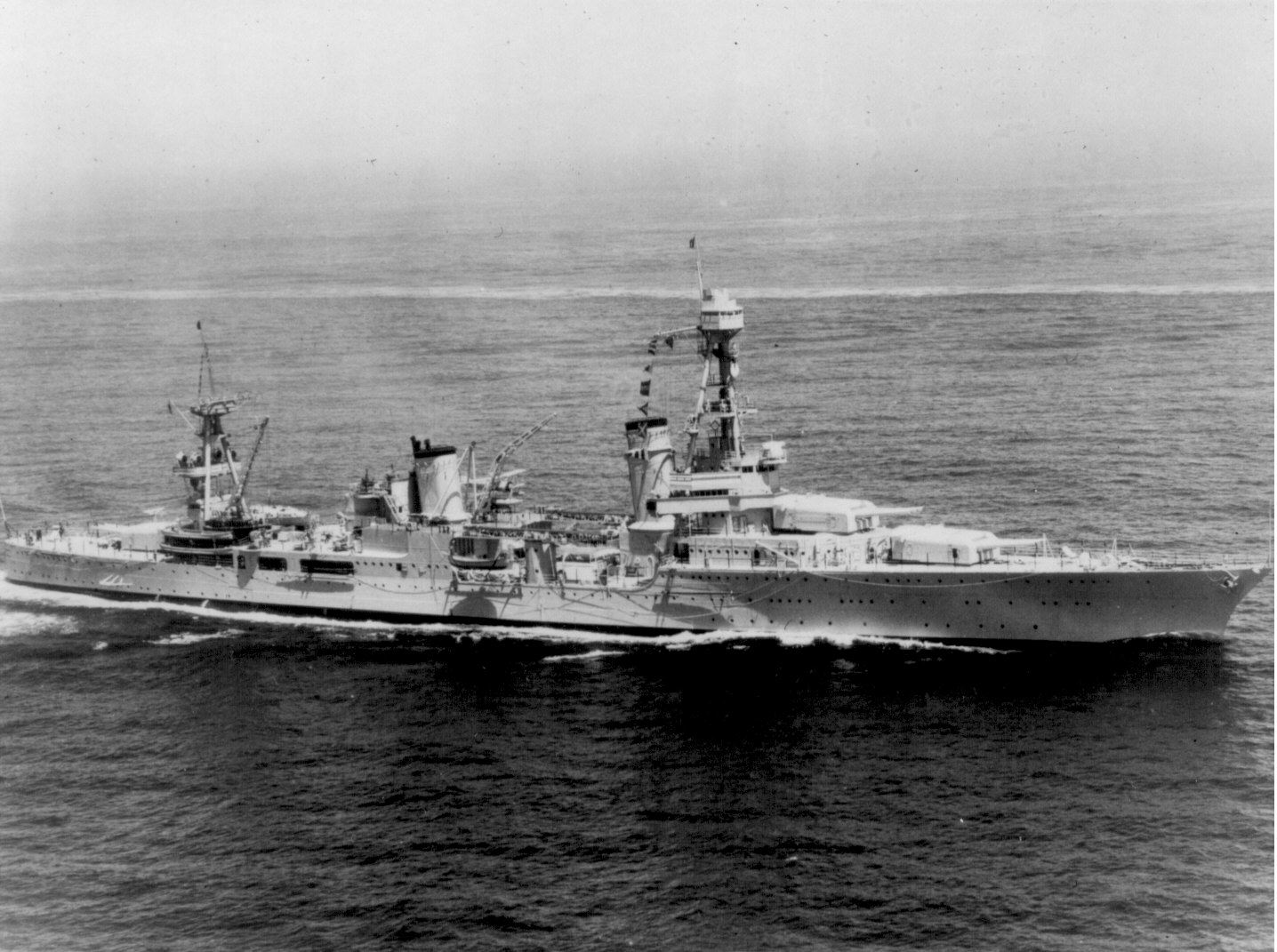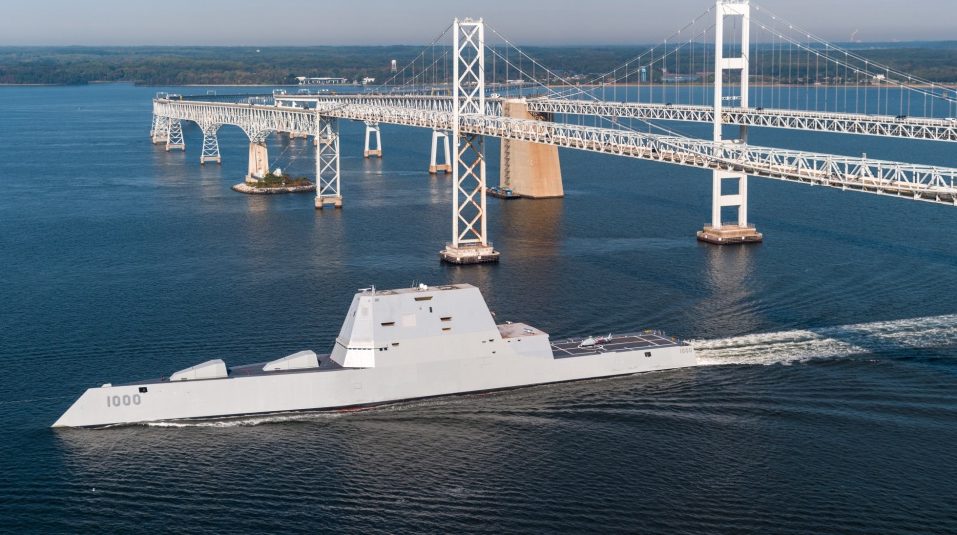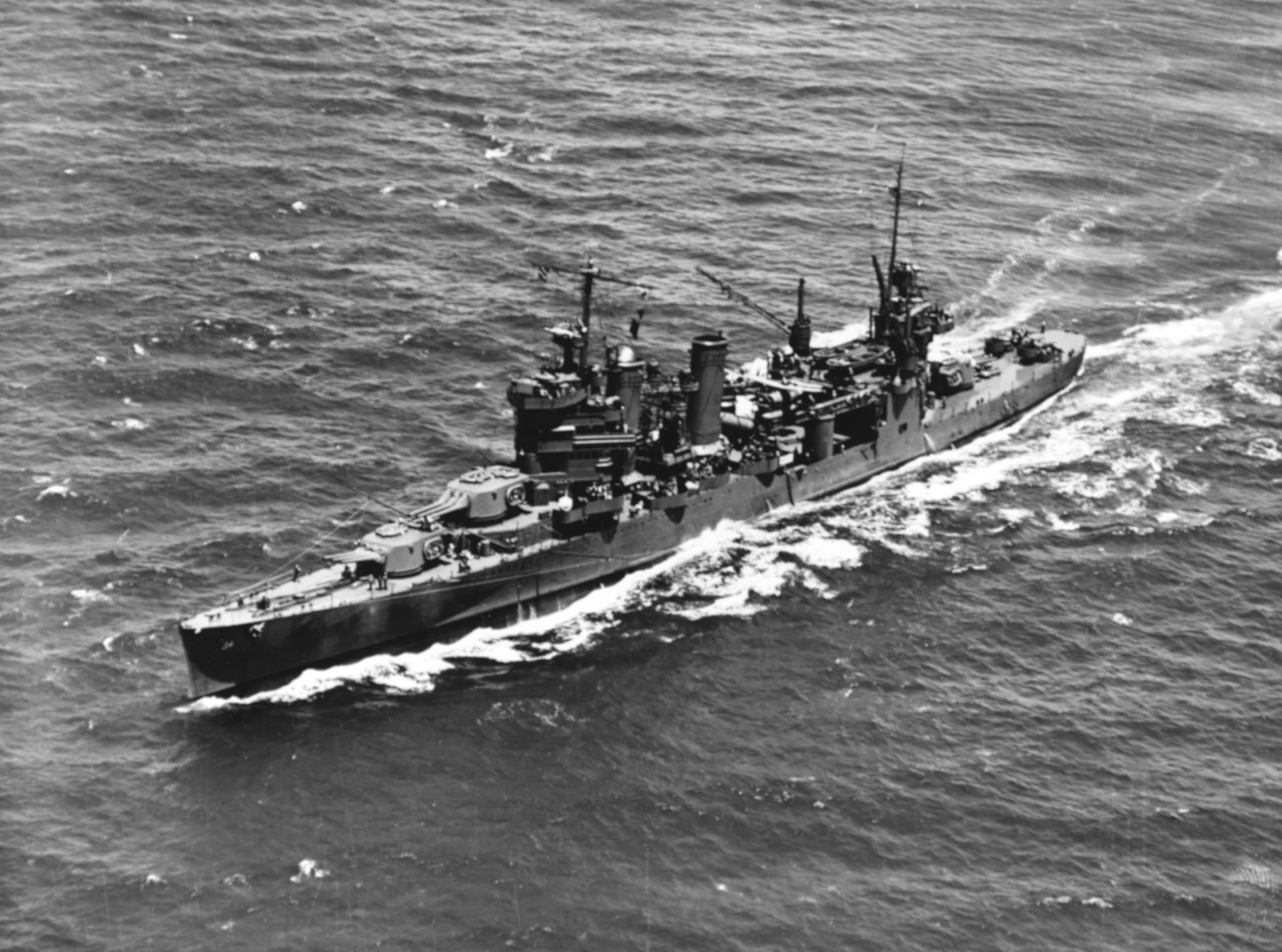By Lt. Cmdr. Matthew A. Stroup, USN
“This is information war, and it’s official.” –”Maxim” (a former employee of the Internet Research Agency – a Russian troll factory – as reported in LikeWar: The Weaponization of Social Media)
“No naval policy can be wise unless it takes into very careful account the tactics that ought to be used in war.”– Commander Bradley A. Fiske, USN, 1905
Great Information Power Competition
While the United States is not at war with Russia or China, the U.S. is in a persistent “shadow war” below armed conflict across the globe with these strategic adversaries.
Russia and China made the strategic choice to use information as an effective instrument in their effort to create strategic imbalance within great information power competition. Exponential growth in the information environment (IE) – and a convergence of technologies that rapidly distribute information at high-speeds across the planet – leveled the international playing field due to the low opportunity cost of competing in the marketplace of information versus spending on traditional military hardware. Russia and China leverage low barriers to entry of the IE to achieve their objectives by employing tactics that have the potential to influence citizens of all nations, expand societal cracks, and enable achievement of their objectives, if not necessarily the adoption their ideology or values.
“The very ‘rules of war’ have changed. The role of non-military means of achieving political and strategic goals has grown, and in many cases, they have exceeded the power of force of weapons in their effectiveness,” said General of the Army Valery Gerasimov, Chief of the General Staff of the Russian Federation Armed Forces.
Information is a core domain of Russia’s efforts to re-assert itself as a significant competitor against the United States and NATO. Russian use of disinformation yields results by exploiting societal fissures through traditional and social media to polarize and “destabilize society, and to undermine faith in democratic institutions.“ Russian information operations combine with maneuver to strike fear and unrest into neighbor states in pursuit of a modern vision of the former USSR.
Similarly, state-owned, and controlled media in China quells dissident voices through an Orwellian digital dictatorship that includes facial recognition and artificial intelligence while persistently delivering narratives supportive of the Chinese Communist Party (CCP).
“China maneuvers in the information space in a way that undermines everything we do, factually, informationally, everywhere…Throughout the region there is a China daily insert, which is Chinese propaganda appearing in newspapers, over more than half the population of the globe. It’s quite pernicious,” said the Commander of U.S. Indo-Pacific Command Adm. Philip S. Davidson.
History as a Guidepost
Navy leaders at all levels today intuitively understand they are not operating in the same information environment they served in when they joined.
“The character of modern warfare is changing to a multi-domain battlespace with significant emphasis on space, electronic, information and cyber domains. Consequently, the need to conduct increased and different missions in these domains drives a requirement to increase our associated skills,” said Adm. Michael M. Gilday in written testimony to the Senate Armed Services Committee before his confirmation hearing to become the 32nd Chief of Naval Operations (CNO).
Outside of a command social media page or Type Commander-hosted website, however, most commands employ systems and tactics that fall short of public affairs practices that evolved during IE expansion that combined digitized imagery, video, and graphics with high-speed connectivity. Rather, they compete using turn of the century public affairs (PA) / visual information (VI) manning levels, training, and equipment without codified doctrine and tactics to fight in all phases of war. Recent Navy-wide guidance titled “OPTASK VI,” updated and standardized reporting requirements, but generating 21st century, Information Age, PA requires a more deliberate approach.1
To seize the strategic information initiative, the Navy must invest in PA to compete effectively in an increasingly fast and complex battlefield of information. The time to include PA considerations holistically in the fleet readiness development cycle is now – and the Navy’s expansion of the Vietnam-era TOPGUN model to Warfighting Development Centers (WDC) is the way to do it.
Deep Roots
What we now know as Navy PA traces its lineage to two previously separate career fields – PA and VI.2
Secretary of the Navy Frank Knox established the Navy’s Office of Public Relations in 1941. The office changed names to the Office of Public Information in 1945, and again to its current name, the Office of Information, in 1950. Rear Adm. William Thompson became the first public affairs specialist to lead the office as the Chief of Information (CHINFO) in 1971.
The birth of the Navy’s VI community resulted from developments in naval aviation and in recognition of a need for photographic intelligence, surveillance, and reconnaissance capabilities. The father of Navy photography is Lt. Walter L. Richardson – a prior-enlisted cook and hobby photographer aboard USS Mississippi (BB 23). Richardson’s imagery caught the eye of Capt. Henry C. Mustin in 1914. Mustin later placed Richardson in a full-time role as the Navy’s first photo officer in recognition of the value of the medium to communicate effectively.
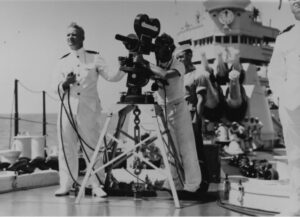
As technology advanced, the Navy increased its VI capacity and capability to address tactical and strategic challenges. In the 1930s, the officer in charge of Battle Force Camera Party –then-Lt. Arleigh Burke– leveraged motion picture technology to record and analyze shipboard weapons systems. During World War II, the Navy Combat Camera program began with the Combat Photography Section of the Office of Public Relations and the establishment of Combat Photographic Units #1 through #13.
Similarly, Academy Award-winning director and future Rear Adm. John Ford’s leadership and filmmaking expertise at Midway and D-Day had lasting domestic and international impact, directly supporting Allied victory through VI delivered from the front lines. In 1951, then-CNO Forrest P. Sherman established Combat Camera Group Pacific to “obtain still and motion picture photography in the Pacific Fleet, for public information, historical record, and intelligence purposes, and specific motion picture training film and stock footage requirements.”3

The PA and VI communities merged in the mid-2000s when the Defense Department required a flag officer from each service to provide oversight to VI. In 2005, CHINFO assumed that responsibility – a logical choice given CHINFO’s role as the Navy’s chief communication officer and the reliance of the PA community on VI products.
One significant impact of the merger was the disestablishment of the photo limited duty officer (LDO) program. The 2009 disestablishment message said that future PAOs would have the knowledge, skills, and abilities to fill the “critical public affairs core capability [VI]” – a tall order for new fleet accessions without years of experience synchronizing VI from surface and air platforms to support communication capability.
Most photo LDOs were career photographer’s mates who earned commissions after spending a career honing the skills to capture, edit, and transmit VI products. They were also experts at creating requirements to maintain and improve the technical communication systems in conjunction with professionals at systems commands.
At approximately the same time as the community merger, the world’s information and data markets exploded. Recognizing the approaching tsunami of information and shifts in the IE, future CHINFO, then-Lt. Cmdr. John Kirby wrote, “Though it will always retain its traditional supporting roles – such as media escorting and internal information – public affairs today boasts new operational relevance as its impact on the conduct of military operations intensifies.” He was not wrong.
From 2000 to 2016, the number of worldwide internet users increased from 413 million to 3.4 billion. According to Pew Research, from 2005 to 2019 the percentage of Americans who use at least one social media site exploded from 5% to 72%. Further, the average American adult user’s use of digital media increased from 2.7 hours per day in 2008 to 6.3 hours per day in 2018. PAOs raced to keep pace with the expanding IE. Even so, the Navy PA community’s overall manning to support institutional engagement in the information environment (active duty enlisted, officer, and civilian) remained steady at around 3,000 from FY02 to date, though end strength dipped to just over 2,000 in FY15.
67 years after the establishment of the Combat Photography Section and Pacific Fleet Combat Camera Group – and one year after the Secretary of Defense and Chairman of the Joint Chiefs codified information as the seventh Joint Function on par with command-and-control, intelligence, fires, movement-and-maneuver, protection, and sustainment – Fleet Combat Camera units shuttered their doors as a “budget- saving initiative to eliminate billets that do not directly contribute to improving warfighting capability.”
PA ‘Tactical Excellence by Design’
CHINFO is the leader of the Navy’s PA community, which includes the Navy’s VI Program. Like developing Mine Warfare capability across aviation, surface, subsurface, expeditionary, and special warfare communities, a maze of C2, alignment, authorities, and budget submitting offices make proponing Fleet-wide PA force generation difficult. Therefore, to support CHINFO, Fleet Commander, and TYCOM efforts to develop Fleet-wide PA/VI warfighting capability, PAOs and mass communication specialists should serve at each of the Navy’s five WDCs to develop PA warfighting capability and align tactics across the readiness generation cycle with the Afloat Training Groups in the basic phase of training, and Carrier Strike Groups 4 and 15 in the integrated phase.
In 2014, almost fifty-years after then-CNO Adm. Thomas H. Moorer ordered the Air-to-Air Missile System Capability Review and its resulting Ault Report led to the establishment of TOPGUN, the Navy expanded the Naval Aviation Warfighting Development Center (NAWDC) model, where TOPGUN now resides, across all major warfighting communities. WDCs in aviation, surface, undersea, information, and expeditionary warfare directly support Type Commander (TYCOM) readiness generation – the Fleet leads for man, train, and equip functions – by sharpening the Navy’s warfighting edge. The WDCs also maintain the Navy’s doctrine and tactics library through Navy Warfighting Development Command (NWDC).
WDC alignment and synchronization of PA tied to the fleet’s readiness generation cycle stands in stark contrast to current models primarily focused on pre-deployment, integrated phase certification exercises. This updated method also moves communication to the center of organizational behavior, leadership decision making, training, and planning – a recognized hallmark of excellent, high-performing organizations.
Most importantly, this construct operationalizes PA so that the seed-corn of the Navy’s most senior leader ranks – O-5 commanding officers – gain relevant support and experience with PA/VI and deploy with greater levels of competence and confidence, long before future assignment as flag officers.
Developing Maritime Strategic Communication Superiority
Operationalization of PA already started at one of the WDCs – Naval Surface and Mine Warfighting Development Center (SMWDC). While the command focuses on developing surface warfighting competency along four lines of effort, as the only one of the five WDCs with a full-time PAO supporting their commander in a traditional PA role, their PAO also supports development of PA readiness.
They accomplish this along three of the command’s four lines of effort – (1) advanced tactical training, (2) doctrine and tactics, techniques, and procedures (TTP), and (3) capability assessments, experimentation, and future requirements development. This relatively new concept is yielding results and is exemplary of how limited investment in PA/VI alongside inside of fleet operations positively impacts fleet warfighting and messaging capability.
Advanced Tactical Training
The fleet has long clamored for standardized equipment lists for PA. However, technology and gear alone will not resolve the challenge of delivering results, unless personnel can capture the action, edit the imagery, and transmit it such a way that it is quality, timely, and relevant. A material only solution also leaves commanding officers who often have limited tactical PA experience to either find independent or non-standard ways to execute the mission set in phase 0 and phase 1 operations – not a great position for any commander in the South China Sea or the Mediterranean when OSD wants imagery of the PLAN destroyer who just crossed your bow or the jet that just buzzed your ship’s mast.4 An AEL is a needed start, as was OPTASK VI, but neither independently nor together holistically support long term development of these critical warfighting skills without the rigor that a WDC can deliver.
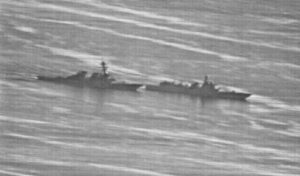
Fleet leaders have surmised that that rapid proliferation of VI in technology (every Sailor’s smartphone is also a camera, for example) assuages the need for rigor in fleet PA training. However, smartphone technology has not transformed every individual with an iPhone into a studio quality photographer or videographer capable of capturing high-quality products in a high-intensity, strategically relevant tactical engagement. Further, the trusting relationships between PAOs with reporters and outlets will continue to be important to deliver VI and provide clarity and context as needed. Increased focus on training can and will improve PA professional skill levels in support of commanders who need them to lead and fight effectively.
Operational PA development through the WDCs will serve as an aligning function across the readiness generation cycle beginning with unit training and culminating in integrated phase training exercises. In practice, this also means that commanding officers, warfare commanders, and strike group commanders all receive consistent PA training and manpower throughout the training cycle instead of just during Composite Unit Training exercises. This ensures that ships and squadrons can match PA doctrine and policy to harness the imagery from electro-optical and weapons systems required to communicate with myriad audiences faster than our strategic competitors.
Doctrine and TTP Development
Continuous training aligned to the readiness generation cycle would also provide opportunities for PA instructors at the WDCs to develop and implement joint and fleet policy and guidance in the training cycle. Important considerations remain to implement principles from the recent Joint Concept for Operating in the Information Environment. Similarly, Fleet Forces Command published the VI Concept of Operations in 2014 includes items ripe for implementation still today – something WDCs can support.5
Advanced training at the WDCs would also provide opportunities to develop, test, break, or validate doctrine and TTPs for PA/VI, helping align Fleet standards of excellence. At SMWDC, for example, this means that ships across the fleet have standardized and constantly re-evaluated standards for warfighting areas such as anti-submarine and anti-surface warfare. Rapid investments in capabilities and emerging technology will accomplish the same for PA across all domains.
PA doctrine development will also codify relationships between PA, VI, military information support operations, and other information related capabilities within the service – all in the constellation of Information Operations within Joint Doctrine. This area of concern is a familiar bogeyman and subject of discussion for anyone with relevant fleet experience. Codifying relationships will serve both commanders and tacticians well, removing unneeded ambiguity during real-world operations.
Capability assessments, experimentation, and future requirements
The sunsetting of Navy’s most robust PA operational capability development cadre – the photo LDO community – took place at the same time as rapid advancements in digital imagery and technology. Although the Navy’s PA community harnessed advances in technology, particularly in web-based apps and platforms, it is nearly impossible to keep pace. This is exacerbated by shipboard communication systems that are not always compatible or conducive to 21st century media engagement. To turn the tide, PA instructors at WDCs tied to the Fleet and working closely with systems commands, operational analysts, and the technical community will provide CHINFO and the Navy with tactically astute experts who can inform annual OPNAV budget submissions.
Shoal Water
Close alignment without deliberate and clear relationships between PA and information warfare communities is a relevant concern for traditional public affairs officers and senior military leaders who must diligently protect and maintain the trust they have with those they serve.
The most prevalent concern often cited is a PAO’s professional, ethical obligation to maintain trust with media outlets and by extension the American people. This results in a strong aversion to proximity to psychological operations, military deception, or similar capabilities. Blurring lines between public affairs – which maintains a professional commitment to providing accurate, timely, relevant, and truthful information – and those capabilities can lead to damaging misperceptions and erode trust with reporters and the American people if a PAO is or is perceived as fulfilling multiple roles simultaneously. Quite simply, they cannot afford to risk the hard-earned trust they strive to maintain. History is rife with examples of the consequences of the breaking of trust between the military and the people they serve, and the Navy’s public affairs community is wise to draw clear boundaries to prevent similar missteps in the future.
CHINFO maintaining position in the approval chain for Fleet PA doctrine and TTPs prior to incorporation into the Navy’s warfighting library will mitigate these concerns. Additionally, instructors at WDCs will be intimately familiar with the relevant Defense Department PA governing documents, which lay out clear guidelines to ensure important legal lines such as the Hatch Act or ethical lines such as violations of the Navy’s Canon of Ethics for Public Affairs and VI practitioners are not crossed. While doctrine and TTPs to codify relationships will not prevent mistakes from happening in the future, not codifying them deliberately also increases risk for commanders and the institution.
Some may also take the recommendation to operationalize PA holistically as an invitation or recommendation for PA to fully merge with the information warfare community. That would be an overreach, and likely lead to the blurred lines and misperceptions noted above.
While operationalization of PA is critical when competing against informationally savvy state actors as part of Great Information Power Competition, it is equally as important that the Navy not lose traditional PA expertise in the process of increasing operational relevance. Developing a cadre of professional communicators who are widely respected and trusted by civilian and uniformed leaders within the government – as well as with the press – took time and treasure that is not easily replaced. The Navy is a recognized PA leader within the DoD in more traditional public affairs practices that continue to serve the Navy well. To eschew core competencies of strategic advisement, media operations, social media, and community outreach would be an oversimplification. This proposal is a both/and, not an either/or; further investment is needed to increase information power.
Conclusion
Aligning much needed investment in PA through the WDCs is a historically sound method that will deliver high return on investment at low opportunity cost. Similarly, contemporary books such as Singer’s LikeWar and literature on the development and growth of AI paint a picture of the opportunities available to nations who actively engage – and the challenges on the horizon for those that do not. Victory in the shadow wars will be won through aligned and synchronized use of information supplemented by technology and maneuver.
In today’s information environment, PA/VI practitioners must simultaneously be information warfighters, readiness generators, special advisers to commanders, and staff officers. Modest investments in PA/VI through an existing WDC construct will deliver peak value for commanders and the nation.
America’s competitors have taken a proactive posture on the battlefield of information, and commanders are right to invest in the Navy’s ability to deliver PA/VI capability and products at sea today. The information environment is a critical domain in all phases of warfare, and maritime PA capabilities can lead to non-kinetic victories. There is a path to achieve maritime information superiority – all that is left to do is to take it.
Notes
1. Message, 271025Z MAR 12, COMUSFLTFORCOM NORFOLK VA. subject: NAVY WIDE OPTASK VISUAL INFORMATION.
2. Since the Navy’s PA and Visual Information (VI) communities merged under PA in 2005, the use of the term PA community in this article includes both PA and VI.
3. Sherman, Forrest P. (1951). Pacific Fleet Combat Camera Group; establishment of (Op- 553C/aa, Serial: 298P553) [Memorandum].
4. Sailor Bob, (2018 September 13), “VI Battle Orders,” [Weblog], retrieved from http://www.sailorbob.com.
5. U.S. Department the of Navy, COMUSFLTFORCOM Concept of Operations, “Fleet Visual Information” (2015 July 2).
Featured image: BALTIC SEA – A Russian Sukhoi Su-24 attack aircraft makes a low altitude pass by the USS Donald Cook (DDG 75) April 12, 2016. Donald Cook, an Arleigh Burke-class guided-missile destroyer, forward deployed to Rota, Spain is conducting a routine patrol in the U.S. 6th Fleet area of operations in support of U.S. national security interests in Europe. (U.S. Navy photo/Released)

